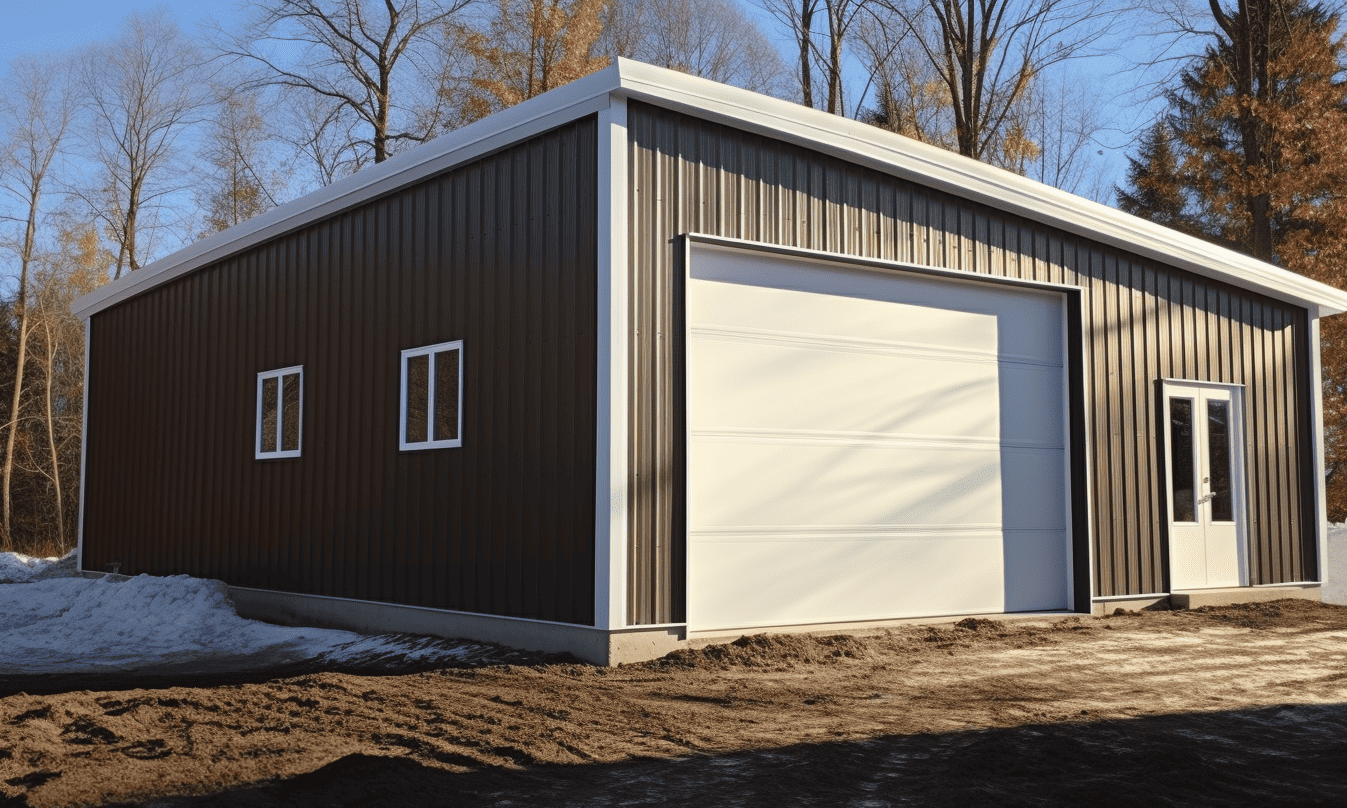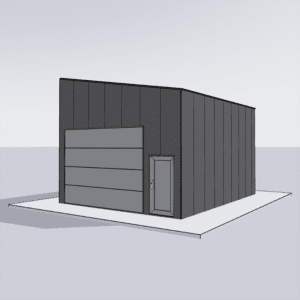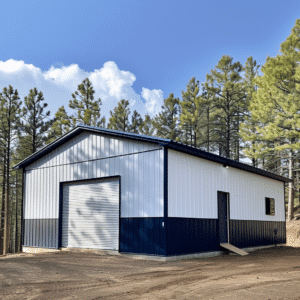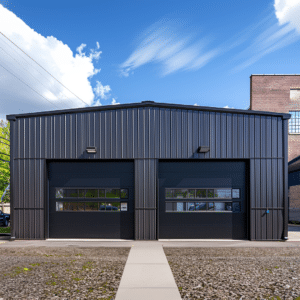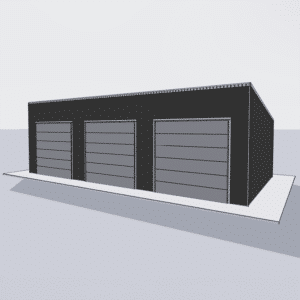The construction industry is an intricate tapestry of various processes, where each thread is integral to the fabric of safety and efficiency. One crucial element in this tapestry is excavation and trenching. These activities, while necessary for laying Building Foundation, create significant safety challenges that cannot be overlooked. As we delve into excavation and trench safety, we’ll explore best practices, potential hazards, and the pivotal role that safety plays in safeguarding workers and ensuring project success.
Understanding Excavation and Trench Safety
Excavation operations are the backbone of any construction project, paving the way for robust infrastructure. However, like navigating a tempestuous sea, these operations can be fraught with risks. The importance of excavation and trench safety is paramount, not just for compliance, but for protecting lives. The Canada Mortgage and Housing Corporation – Excavation and Trench Safety offers a comprehensive guide (rel=”nofollow”) to understanding the mandatory safety protocols.
Identifying Potential Hazards
In the realm of excavation, hazards are as varied as the terrain itself. From cave-ins, which account for the majority of excavation-related fatalities, to the less obvious risks of falling loads, the construction site is teeming with dangers. A key aspect of excavation and safety is to anticipate these risks.
Consider the surprise of a sudden thunderstorm at sea—a common analogy to the unexpected collapse of a trench wall. Both can be sudden, devastating, and, most importantly, preventable. Effective site management and early risk detection can help mitigate these threats.
Implementing Safety Measures
A stitch in time saves nine, and in the case of construction, proactive measures can save lives. Here’s how you can weave safety into the excavation process:
1. **Regular Inspections:** Just as a vigilant mariner checks the compass, regular inspections ensure that trenches are stable. Machinery and the soil structure must be evaluated frequently.
2. **Worker Training:** Equip every sailor on your ship with knowledge. Training workers about excavation hazards and response techniques fortifies them against potential threats.
3. **Protective Systems:** Use trench boxes, shoring, and sloping techniques to provide the structural integrity trenches need.
4. **Environmental Awareness:** Recognizing shifts in weather and soil conditions can prevent unforeseen incidents. Furthermore, taking steps to ensure Construction site cleanliness prevents accidents and streamlines safe work processes.
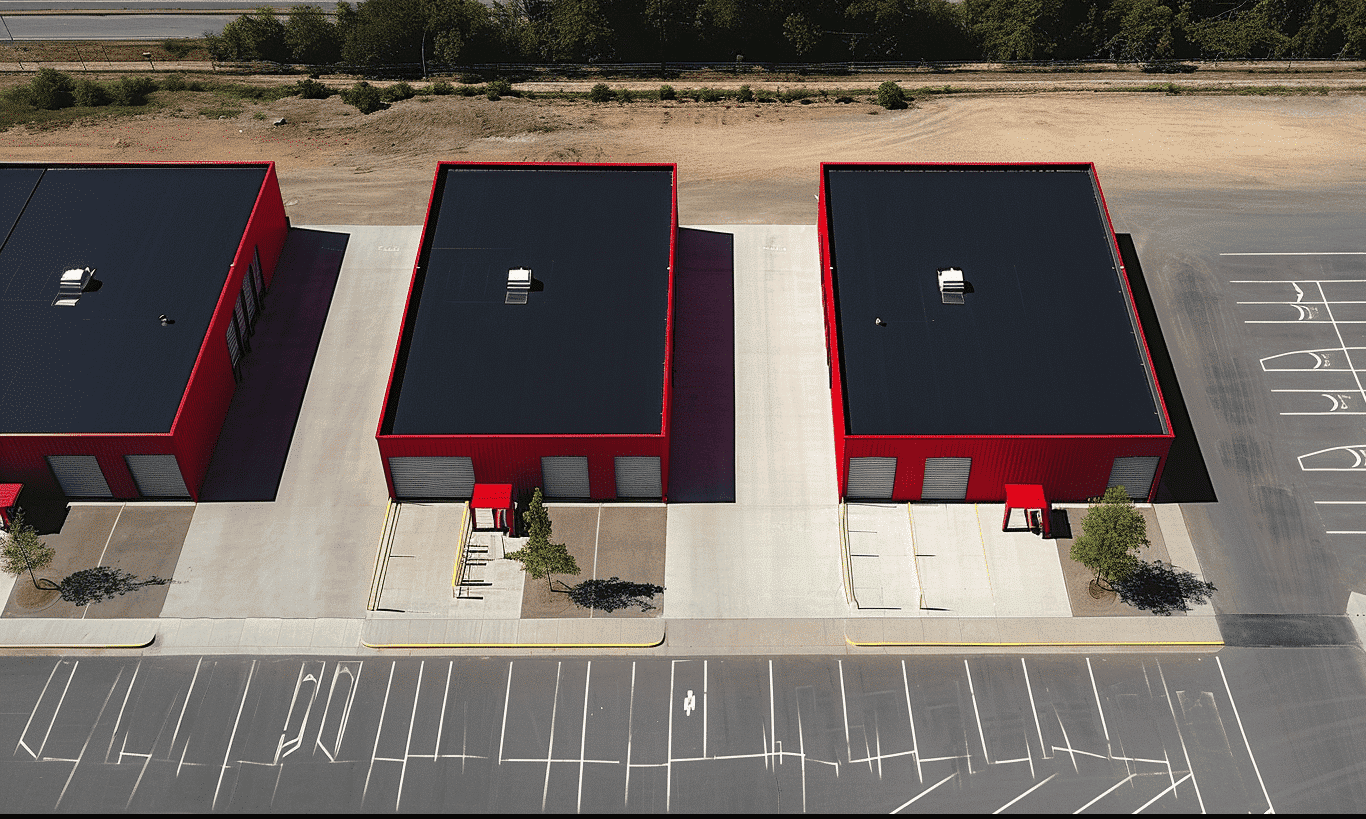
The Role of Supervision in Excavation Safety
Imagine a ship without a captain; without guidance, chaos ensues. Similarly, supervision is crucial on a construction site. A competent person—an individual trained to recognize and mitigate risks—is necessary for maintaining excavation and trench safety. They ensure that safety standards are upheld and are equipped to address changes in site conditions.
Excavation and Worksite Communication
Communication is the lifeline of any operation, akin to a lighthouse guiding ships safely to harbor. Establishing clear communication channels ensures that warnings are heeded, and safety measures are effectively implemented. Regular safety meetings and clear signage are foundational steps in ensuring everyone on site is informed and prepared.
Heat Stress in Excavation and Trenching
Beyond structural and environmental hazards lies the often-overlooked threat of heat stress. Constructing trenches in sweltering conditions can lead to heat-related illnesses, affecting worker productivity and safety. Resources like Preventing heat-related illness emphasize the necessity of proper hydration, breaks, and protective gear.
Integrating Safety into Every Phase
A well-laid plan is the wind in the sails of any construction project. Integrating safety measures from the initial planning stages can prevent costly and dangerous errors. Safety protocols should be a sailing chart, guiding the project from conception to completion.
Consulting with experts, such as those at Your Building Team, is an excellent step toward ensuring every excavation project is not just successful but safe. By leveraging industry expertise, you can craft a project that adheres to regulations and prioritizes safety.
Concluding Thoughts
In conclusion, excavation and trench safety is an essential component of construction. By understanding hazards, implementing protective measures, and prioritizing communication, you create a safe environment akin to a well-built ship weathering any storm.
So, as you embark on your next construction journey, remember the importance of safety. Let it be the sturdy keel of your project, anchoring every decision and action. By doing so, you not only comply with regulatory demands but ensure your crew returns home safely each day.
Understanding and implementing excavation and trench safety measures is not just sound practice—it’s a lifesaver. Whether you’re breaking new ground or maintaining existing structures, these guidelines will steer your project toward safe and successful completion.


